Reclamation Projects
Sampaca Resources Corporation started its operations in the year 2000, engaging in import and export trading business including but not limited to importation of TV and electronic products from South Korea and exporting banana, pineapple and various agricultural produce from Mindanao, Philippines.
In the year 2017, we venture into the infrastructure business, in line with the vision of the leaders of the Asian nations to pursue a USD 1.5 Trillion worth of infrastructure development in the next 25 years, particularly the “One-Belt-One-Road” global infrastructure plan spearheaded by China and the “Build-Build-Build” infrastructure program in the Philippines.
Accordingly, Sampaca Resources Corporation now joins the infrastructure development industry starting with the domestic supply and export of reclamation sand, sand fill materials, construction sand, aggregates, boulders, armour rocks and other construction materials to Singapore, Hong Kong, Taiwan, China, India, Japan, South Korea, Brunei, Malaysia and other nations in the Asia Pacific Region.
Supply of Sand for Reclamation Projects in the Philippines
Sampaca Resources Corporation is the leading local supplier of sand for reclamation projects in the Philippines, particularly in Manila Bay area. The proven used of sand for reclamation projects in the international jurisdiction such as Singapore, Hong Kong, China, India, Japan, South Korea, Brunei and Malaysia has inspired local real estate developers in partnership with foreign investors to venture into a massive 21,000 hectares reclamation projects in Manila bay as indicated in table below:
Profile of Reclamation Projects in Manila Bay, Philippines
 Sampaca Resources Corporation maintains an ethical and high standard of corporate governance imbued with integrity, transparency, accountability and passion for service to its shareholders and the society. Thus, we adhere to the international best practice for corporate governance consistent with the Code of Business Conduct and Ethics, Government Rules and Regulations and Pertinent Laws in the Philippines and the nations in the Asia Pacific Region.We at Sampaca Resources Corporation continuously pursues strategies to bring long-term value creation for our shareholders, in a manner that raise the bar of corporate management and governance at par with the global multinational corporations.
Sampaca Resources Corporation maintains an ethical and high standard of corporate governance imbued with integrity, transparency, accountability and passion for service to its shareholders and the society. Thus, we adhere to the international best practice for corporate governance consistent with the Code of Business Conduct and Ethics, Government Rules and Regulations and Pertinent Laws in the Philippines and the nations in the Asia Pacific Region.We at Sampaca Resources Corporation continuously pursues strategies to bring long-term value creation for our shareholders, in a manner that raise the bar of corporate management and governance at par with the global multinational corporations.
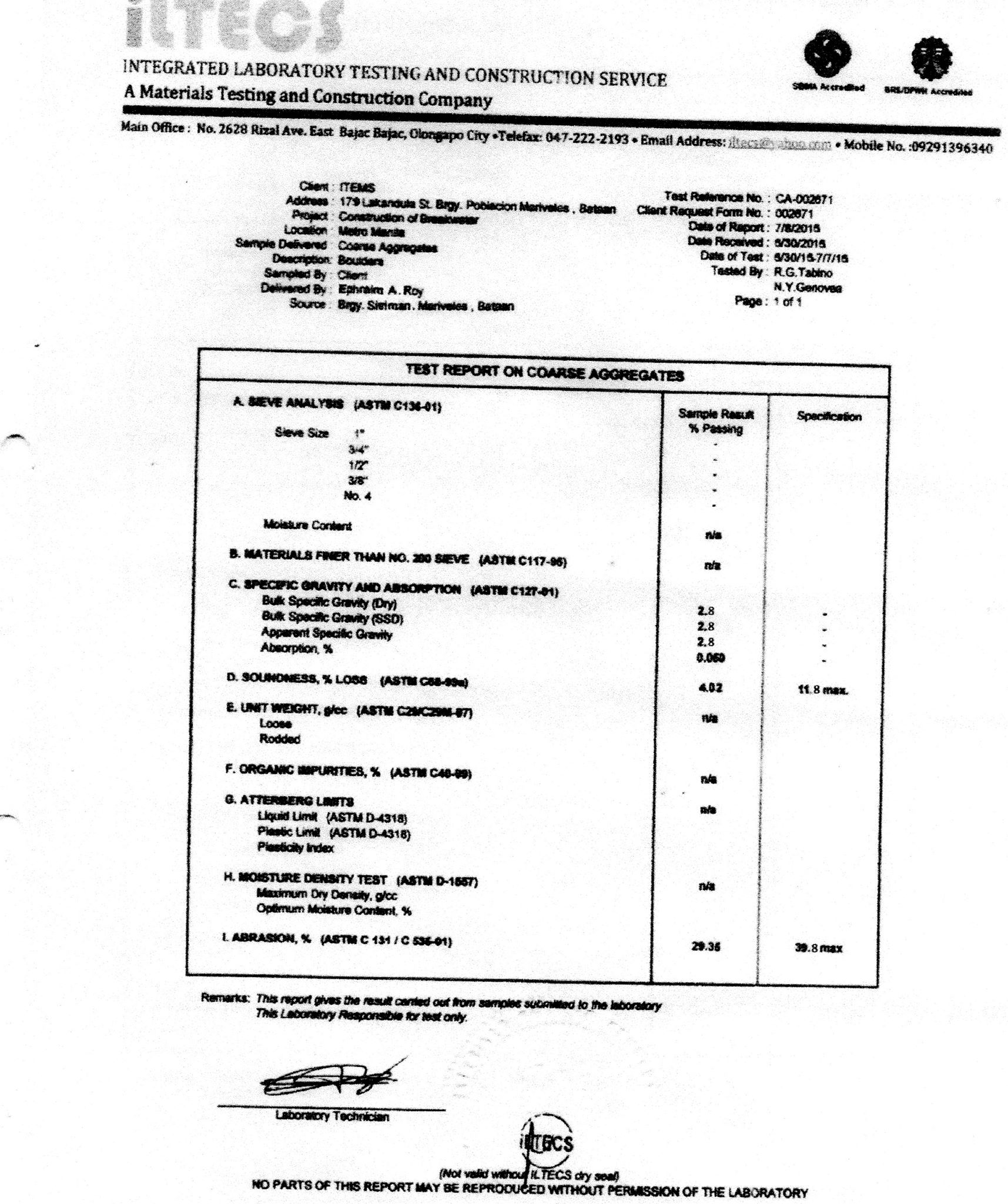
New Manila Bay City of Pearl
A landmark Reclamation & Urban Development Project designed by HPA, Hong Kong’s prominent architectural firm;
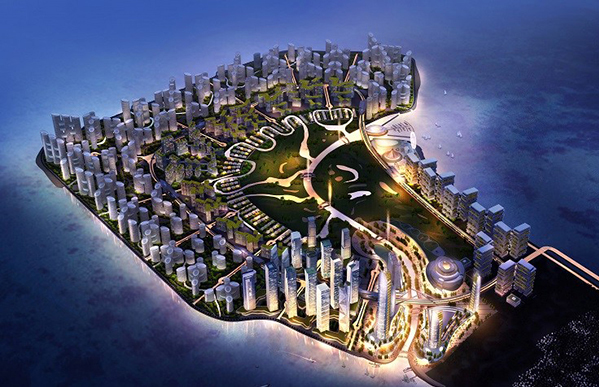
With a master-planned conceptual design, the New Manila Bay City of Pearl is a self-sustaining smart community with complete amenities run by the 21st century technology of artificial intelligence with the following major features among others:
The Architects & Designers of New Manila Bay City of Pearl
Hong Kong’s prominent architectural firm HPA designed the landmark 407 hectares reclamation project and urban development in Manila Bay named “New Manila Bay City of Pearl”. HPA (formerly known as Ho Partners Architects Engineers & Development Consultants Limited) is a prominent and multi-disciplinary architectural firm based in Hong Kong with 200 professional staffs consisting of top-notch architects, surveyors and designers around the world represented by award-winning architect Nicholas Ho, HPA’s deputy managing director.
The Developers of New Manila Bay City of Pearl
The New Manila Bay City of Pearl will come into being through the visionary leaders of UAA Kinming Group Development Corporation, a consortium of prominent Filipino-Chinese developers. This is one of the biggest Philippine projects which got the blessing of China in line with the “One Belt, One Road” (OBOR) infrastructure projects spearheaded by China’s visionary President Xi Jinping. This project also got the favorable endorsement of Manila Mayor Joseph Estrada (former President of the Philippines) and President Rodrigo Duterte.
To appreciate the beauty and grandeur of the New Manila Bay City of Pearl reclamation and urban development project please see the YouTube video below, master-planned and created by HPA.
The Grand Conceptual Designs of New Manila Bay City of Pearl

Looped Road Network with advance & driverless Railway system ensure seamless traffic flow and a self-sustaining Central Business District in the City of Manila
The New Manila Bay City of Pearl is a master-planned reclamation and urban development connecting directly to Roxas Boulevard that will rebirth the City of Manila as Asia’s most progressive integral business district and tourist destination in the 21st century onwards. According to Mr. Ho, the famous Hong Kong Architect of HPA, and to quote:
“None in Asian has this scale of development in such a prime location with such a visionary approach. There are many township in Asia but those township are in the middle of nowhere. This township is extremely prime in terms of its location. This one is right smack in the middle of town, with 360-degree ocean views…”
-

PacMan Stadium designed to host local and international sporting events, thereby increasing the inflow of international tourist to the City of Manil
-
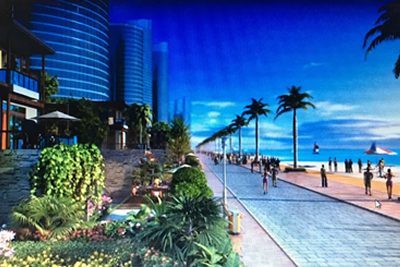
10 km long waterfront promenade provides breathtaking ocean view of the famous Manila Bay sunset
-
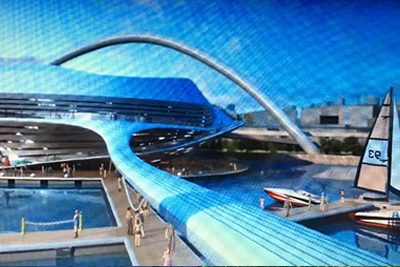
State of the art Marina Yacht club integrated with Water Park by the beach promotes an international and domestic tourism attraction
-
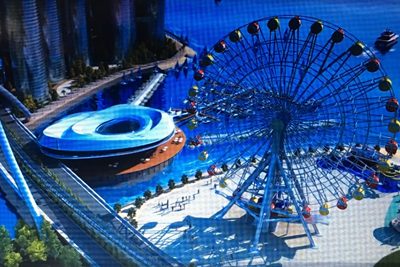
Modern waterpark by the beach will refresh the residents and provide a vibrant tourist destination
-
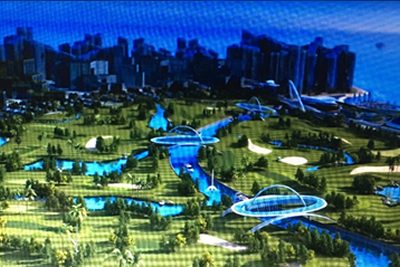
Modern and world-class Golf Course to cater the sporting needs of the businessmen and international golf tournaments
-
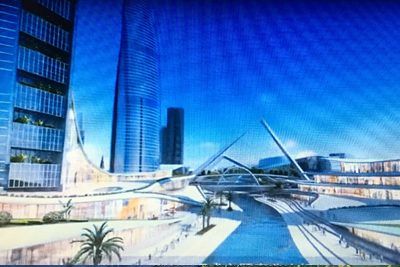
3 km Theme Riverside shopping center ensures the inflow of business and tourism revenues to the City of Manila
-
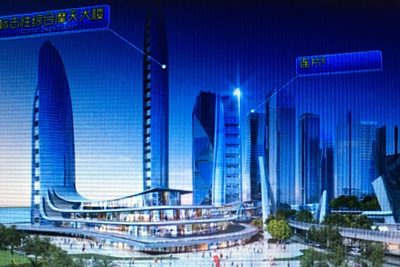
Modern Central Business District & Iconic towers will not only redefine the City of Manila skyline but also fill the treasury of the City of Manila with added taxes through a vibrant business activities and economic development, thereby improving the quality of life of the residents
-
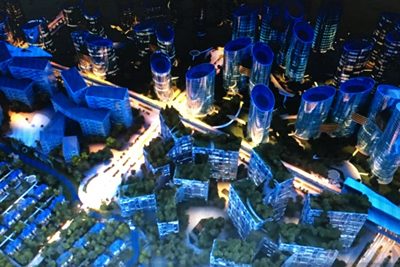
Commercial and Residential complex with Green Park will entice the foreign investors to invest and make Manila as their vacation home and/or retirement home
Where do the Real Estate Developer and Contractors source the supply of reclamation sand to backfill the New Manila Bay City of Pearl?
Given the strict environmental laws in the Philippines enforced by DENR, the developers and contractors will most likely utilize the massive 7.5 to 12 billion tons of volcanic sand (lahar sand) deposited in Mount Pinatubo Area in Zambales to deliver the supply of reclamation sand to backfill New Manila Bay City of Pearl reclamation project.
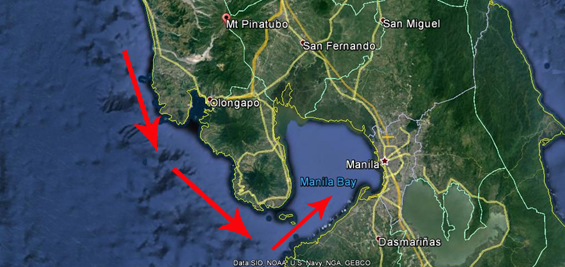
The estimated distance of Mount Pinatubo to Manila Bay is approximately 148 km. Thus, delivery by barge is the most viable delivery method to supply reclamation sand to backfill the New Manila Bay City of Pearl reclamation project.
Marina Bay Reclamation Project in Singapore can be a model for Manila Bay
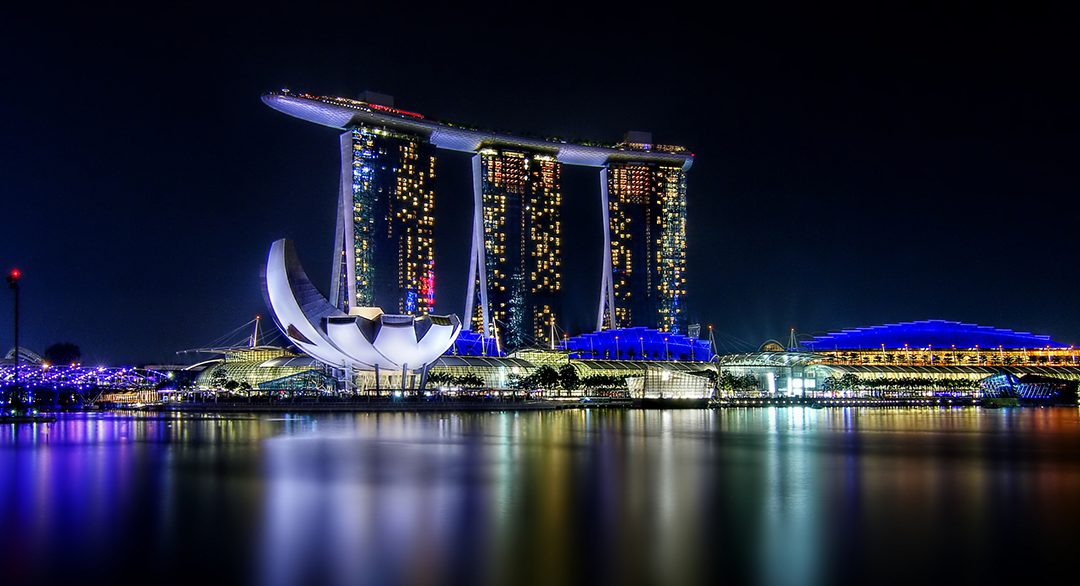
Marina Bay Reclamation Project is the current centerpiece of Singapore’s successful masterplan of urban development. The name of Marina Bay Sands hotel, a flagship 5-star luxury hotel in Singapore is rightly named as the land on which the hotel was built originates from the reclamation sand being used to construct Marina Bay Reclamation Project. The success of Marina Bay Reclamation project is an excellent model for future reclamation projects in Manila Bay, Philippines.
Supply of Reclamation Sand in Singapore’s Marina Bay Reclamation Project
As Singapore is one of the smallest city-state in the World with a total land area of 720 square kilometers (km2), it needs the supply of reclamation sand from neighboring countries. The urban development miracle in Singapore indeed was made from the supply of reclamation sand from the neighboring countries including but not limited to Indonesia, Malaysia, Philippines, Vietnam, and Cambodia. Through land reclamations, Singapore has increased increase its land area by 22% or approximately 144 km2 since the year 1965.

As early as the year 1969, the urban development visionaries of Singapore city-state started the land reclamation work to create 360 hectares which are now known as Marina Bay which was completed in 1992. A land reclamation feat standing from the sea master planned and created by Singapore’s Urban Redevelopment Authority using the supply of reclamation sand from the neighboring countries including but not limited to Indonesia, Malaysia, Philippines, Vietnam, and Cambodia.
Current Development Highlights of Singapore’s Marina Bay Reclamation Project
Current developments in Singapore’s Marina Bay Reclamation project includes: (1) the Marina Bay Golf Course, the first 18-hole professional golf course in Singapore; (2) Marina Bay Art Science Museum, located within the Marina bay Sands which features cultural arts and sciences showcased in an area of 6,000 square meters Development with 21 gallery spaces; (3) Marina Bay Cruise Center, an international cruise ship terminal that can accommodate mega-sized cruise ships; (4) Singapore F1 Grand Prix, the famous F1 motor race in Marina Bay Street Circuit; (5) Marina Bay Financial Center, and so many other developments.
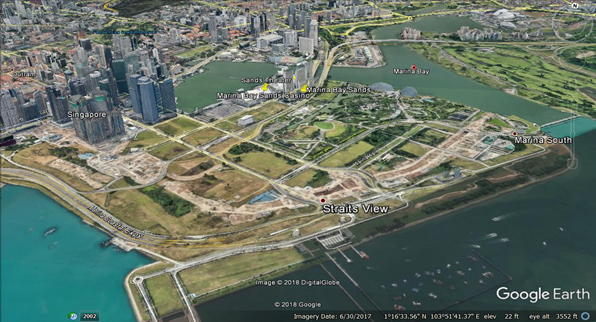
Current Development in Singapore’s Marina Bay
Current Development in Singapore’s Marina Bay Reclamation as of June 2017 Singapore’s Marina Bay Reclamation Project can be a model for urban and reclamation development in Manila Bay
Singapore’s Marina Bay Reclamation Project can be a model for urban and reclamation development in Manila Bay
As of April 2018, there are 4 reclamation projects recently approved in Manila Bay spearheaded under the leadership of Mayor Joseph Estrada (former President of the Philippines) with a total land area of 1,292 hectares. These master-planned urban developments can redefine Manila as a global tourist destination in the next 25 years.
As President Rodrigo Duterte is ramping up the “Build, Build, Build” infrastructure program of the Philippine Government, the Manila Bay reclamation projects will soon hit the ground running.
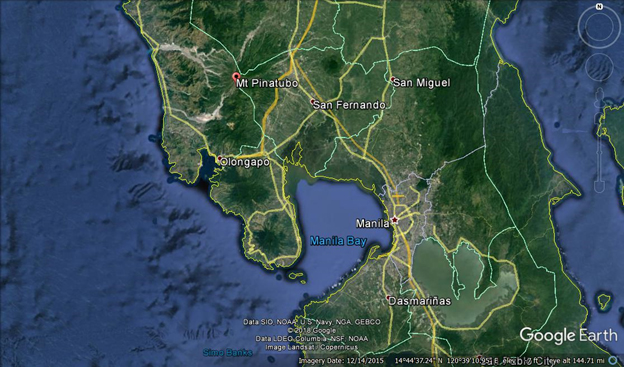
Manila Bay with an area of 1,994 km which is more than twice the entire area of Singapore is one of the best areas to build master-planned reclamation development to propel Manila as the next global tourism destination. The real estate developers of the Philippines can model the Manila Bay reclamation development after the successful experience of Singapore’s Marina Bay Reclamation project using the supply of reclamation sand as backfill materials.
Where do the Real Estate Developers source the supply of reclamation sand to backfill the Manila Bay reclamation projects?
Given the strict environmental laws in the Philippines enforced by the Department of Environment and Natural Resources, the developers will most likely utilize the massive 7.5 to 12 billion tons of volcanic sand (lahar sand) deposited in Mount Pinatubo Area in Zambales which is accessible by barge to deliver the supply of reclamation sand or volcanic sand to Manila Bay with an approximately 148 km distance.
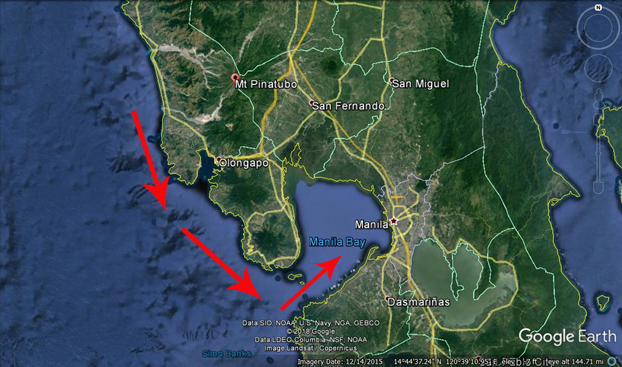
The dredging and extraction of the volcanic sand (lahar sand) clogging the rivers and farmlands of Mount Pinatubo to be used as the supply of reclamation sand to backfill the reclamation projects in Manila Bay, will not only provide thousands of jobs and economic development, but also help clean, rehabilitate and restore the Mount Pinatubo rivers and farmlands so the farmers can increase their harvest.
Indeed, the successful experience of Singapore’s Marina Bay reclamation development can be a model of urban development for the Manila Bay area and the supply of reclamation sand for the said projects can be sourced from the 7.5 to 12 billion tons of the volcanic sands from Mount Pinatubo with win-win benefits for all stakeholders.
Metro Manila’s First Three Subway Stations Will Be Good to Go by 2022
The Department of Transportation recently announced the consortium that won the design and build contract of the subway’s first three stations.

The Department of Transportation (DOTr) announced the consortium that won the design-and-build contract of the first part of the Metro Manila subway on Monday, February 25, two days before the project’s scheduled groundbreaking ceremony.
The consortium of Japanese and Filipino firms, which include Shimizu Corp., Fujita Corp., Takenaka Civil Engineering Co., Ltd. and locally listed firm EEI Corp., will lead the project’s groundbreaking ceremony on Wednesday, February 27. The project was supposed to break ground in December 2018 but was pushed back due to “scheduling issues.”
The consortium, officially named as the “Shimizu Joint Venture” will build the subway’s first three underground stations—Mindanao Avenue-Quirino Highway, Tandang Sora, and North Avenue—or the partial operability section.The train stations are expected to be completed and operational by 2022.
Aside from the underground stations, the consortium is also constructing the subway’s train depot in Valenzuela City and the facilities of the Philippine Railway Institute, the country’s first educational institution for railway personnel.
